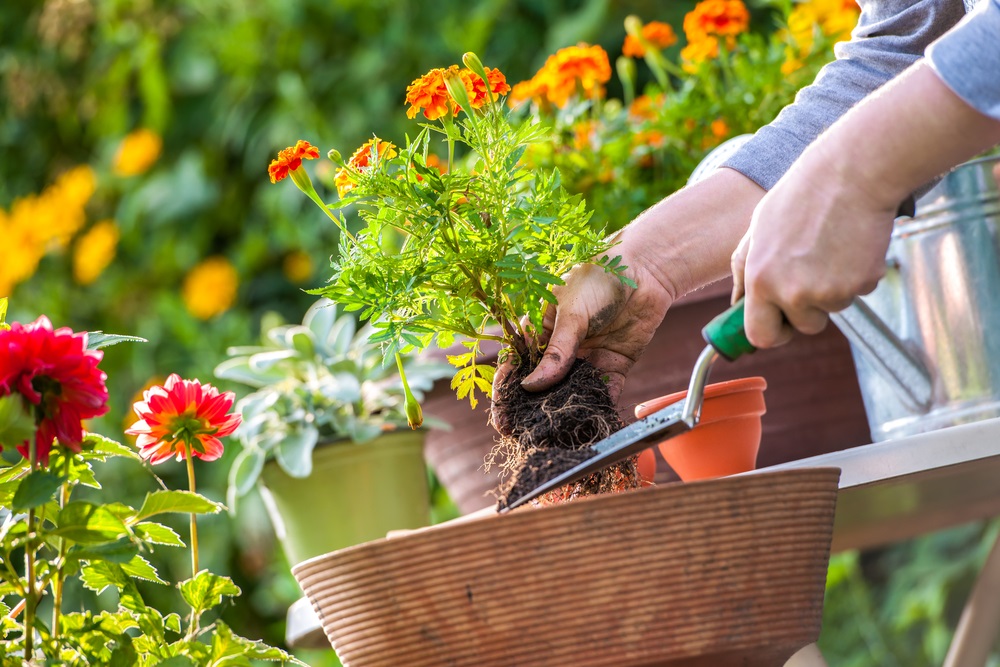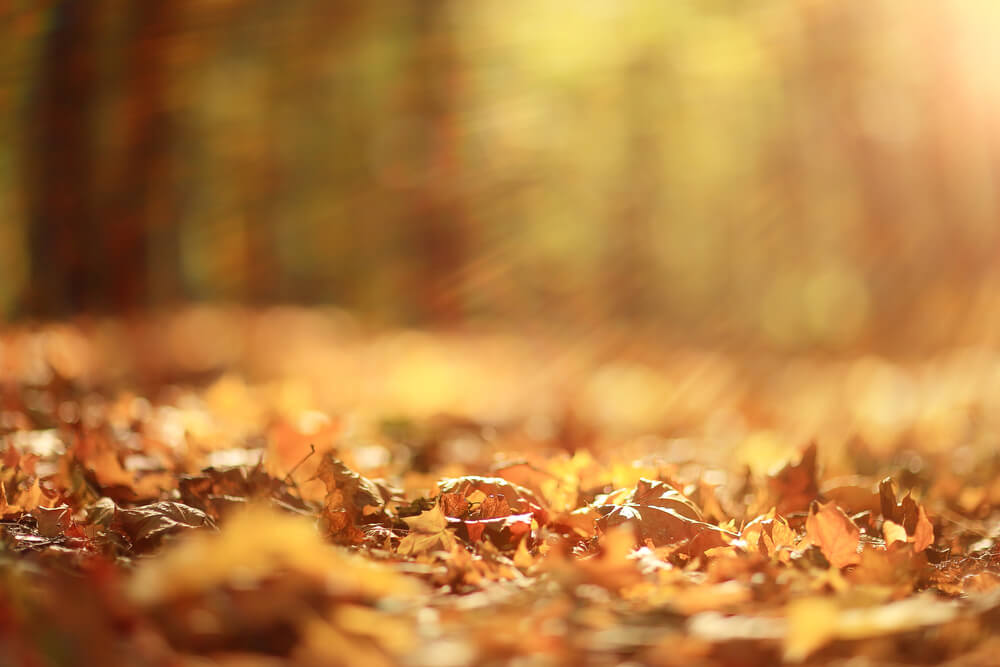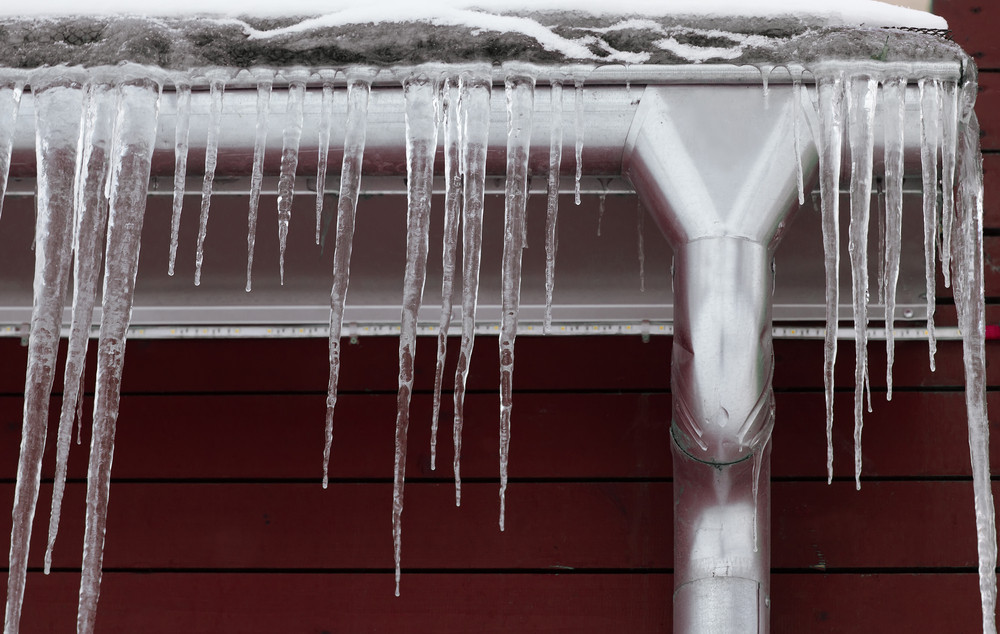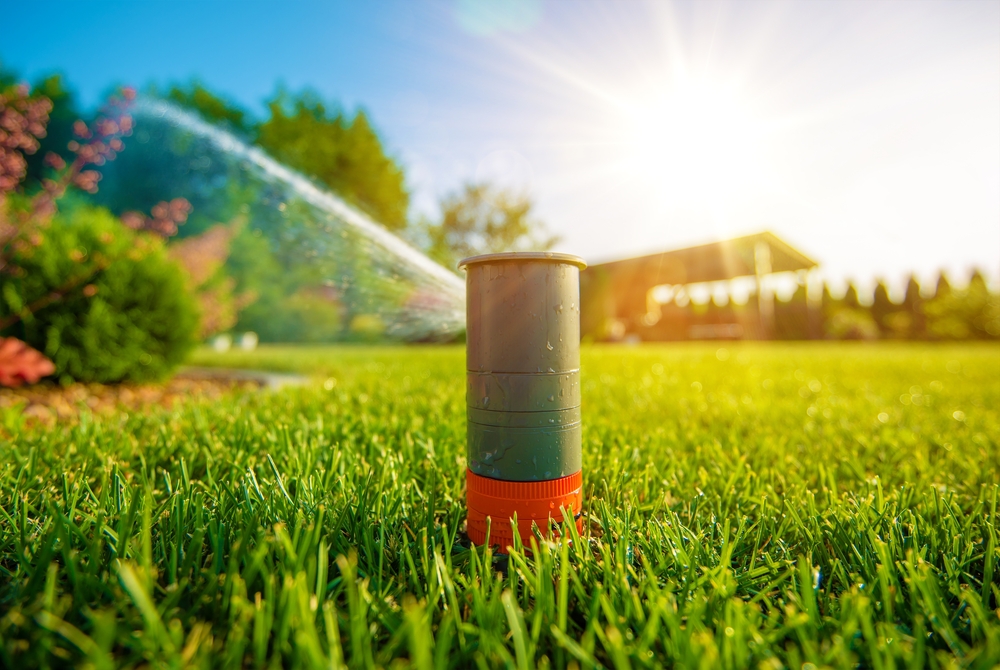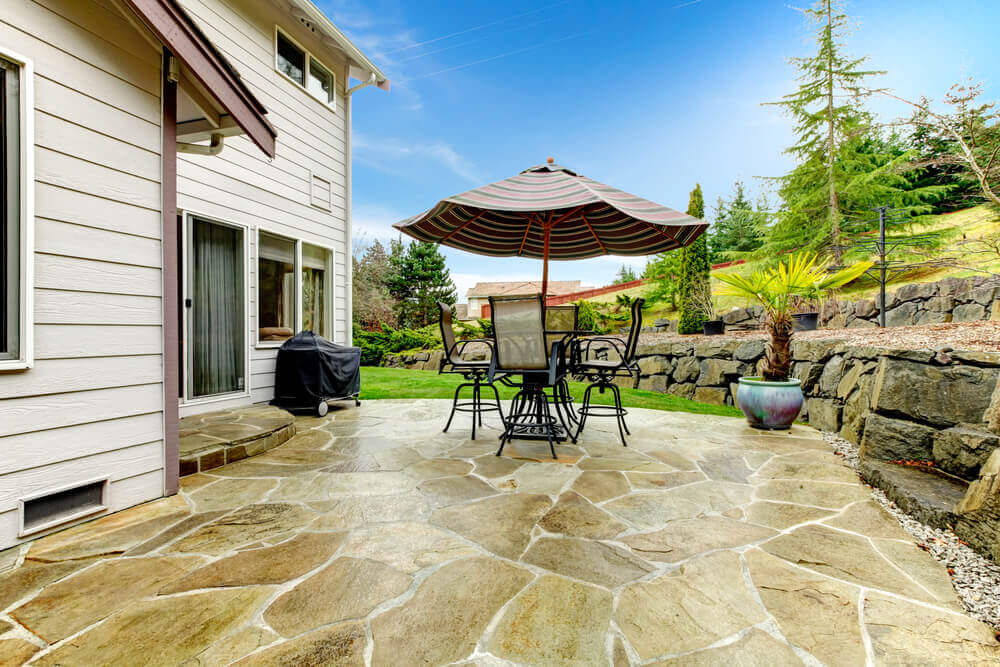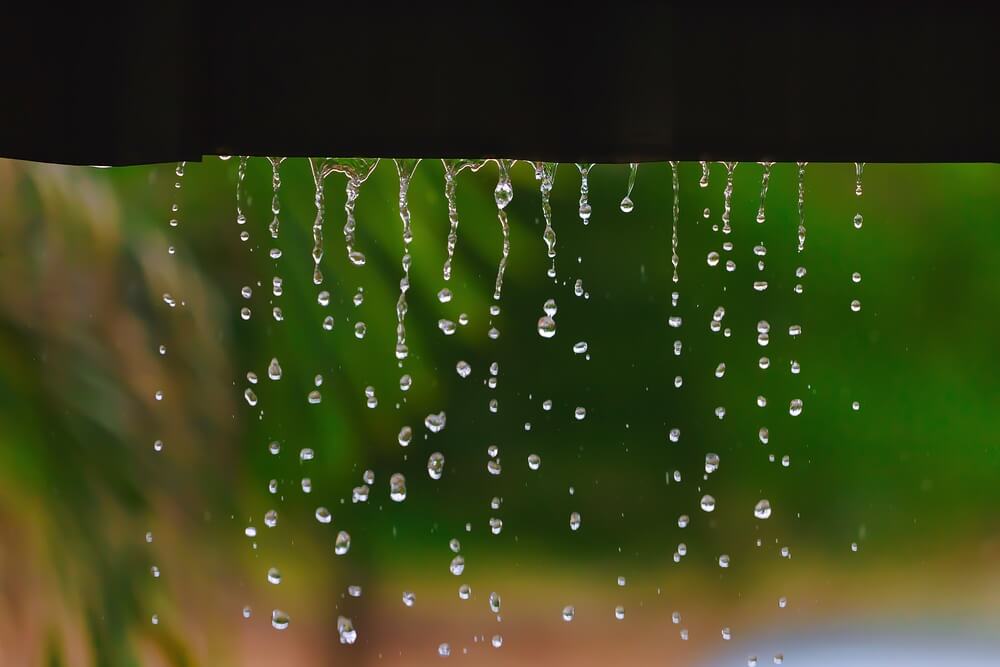How to Modernize Landscapes at Older Rental Properties
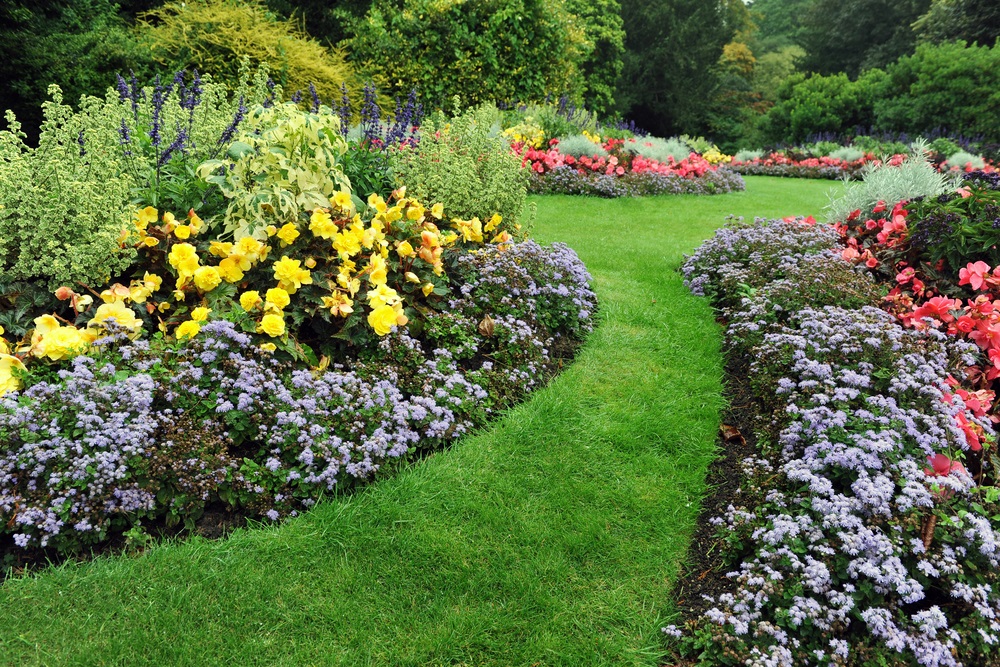
Modernizing landscapes improves the look of older rental properties. Demand for rental properties is in many cases driving investment of older homes. Often accompanying acquisitions of aged housing are out-of-date fixtures, architectural designs and landscapes – or no landscape design at all.
Much like an artist, an investor may have a blank canvas to work with in the yard of a home that lacks a modern look. Or, the home’s landscape may be cluttered with hedges and plants that haven’t been updated since the Reagan Administration.
Bringing an ancient landscape current or starting from scratch can help improve the look and feel of an older home, and catch the attention of prospects, says Chris Lee of Earthworks DFW. Many investors and property owners are doing just that by tackling older properties with the new Zen of landscape techniques.
“There is a definite change in the trend,” he said. “A contemporary look is spreading throughout older properties. You sure can’t change the shape of the home, but you can rip out that hedge row of Burford holley.”
Through social media and the Internet, today’s renter can narrow down a rental home choice before touring the property. A visit or drive-by of a property with a decades-old landscape may be enough to send the prospect down the road.
Transforming landscapes may be easier than you think
Lee says transforming an older landscape into a more current design isn’t exhaustive. In many cases, it’s a matter of repositioning plant life, updating materials used in beds and along walkways and creating a less rigid environment by the types of plants, shrubs and trees that are used.
“Newer properties are using more urban landscaping,” he said. “Instead of hedge rows and lots of grass, plantings are much more sparse and softer. There is a not a row of the same thing. It looks less structured and designed more around plants that can develop or grow naturally.”
That means that rows of wax leaf ligustrums and photinias are no longer the darlings of the yard. Instead, tall grasses and reeds, small clusters of native plants and darker mulches composed of rock and granite are getting all the attention. In smaller yards, turf is used to accent flowing beds of plant life instead of the other way around.
Lee says property owners can easily transform older landscape by following a four simple steps:
1. Eliminate structured hedge rows and reduce taller shrubs
Horsetail reeds that are planted in small groups offer a soft, flowing look. The reeds have jointed stems and are deep green, offering an interesting tropical look. They can be used in containers or contained in ponds, and stay green year-round. Also, shorten those six-foot-tall shrubs or remove them in favor of native plants. Get rid of trees that are confining and killing grass underneath.
2. Turn wear-and-tear areas into amenities
Straight concrete sidewalks or bare dirt paths and ugly drainage areas are an opportunity to create an eye-pleasing area in heavily traveled parts of the property. Create natural walking paths using crushed granite or flagstone, and add rock or design fake river beds around drainage areas that hold water.
3. Mulch with permanent materials
Mulching has changed, Lee says. Bark and brightly color mulches are out, and more permanent materials like gravel and crushed granite are favored. Also, dyed mulches that are dark brown or black give a more natural feel to beds and bordered areas. Using permanent materials reduces maintenance and does not require mulching as often.
4. Update types of plant material
Traditional hedge and plant materials should be replaced with native plants, grasses and ground covers to give a softer, calming look. Avoid planting in masses. Instead, space out plantings and create small groups of plant life. Also, leave the hedge clippers in the shed, and avoid making plants square or round. Introduce new plantings and use rock to reduce water requirements.
Lee says there are dozens of options with plants and materials to update landscapes even at the oldest of homes. A landscape consultant can help create a vision that, when implemented, will give the property a feel that it’s up with the times.
“It’s very possible to create a landscape that makes the property look newer and better,” he said.
Chris Lee is President of Dallas, Texas-based Earthworks, which specializes in multifamily housing landscaping. He is a contributing author to Landscape Management magazine, licensed irrigation specialist and a Toro Intellisense certified technician. Chris studied business at the University of Arkansas from 1990-94 and horticulture and landscape design at Tarrant County College from 1999-01. He has been employed at Earthworks since 1998.

